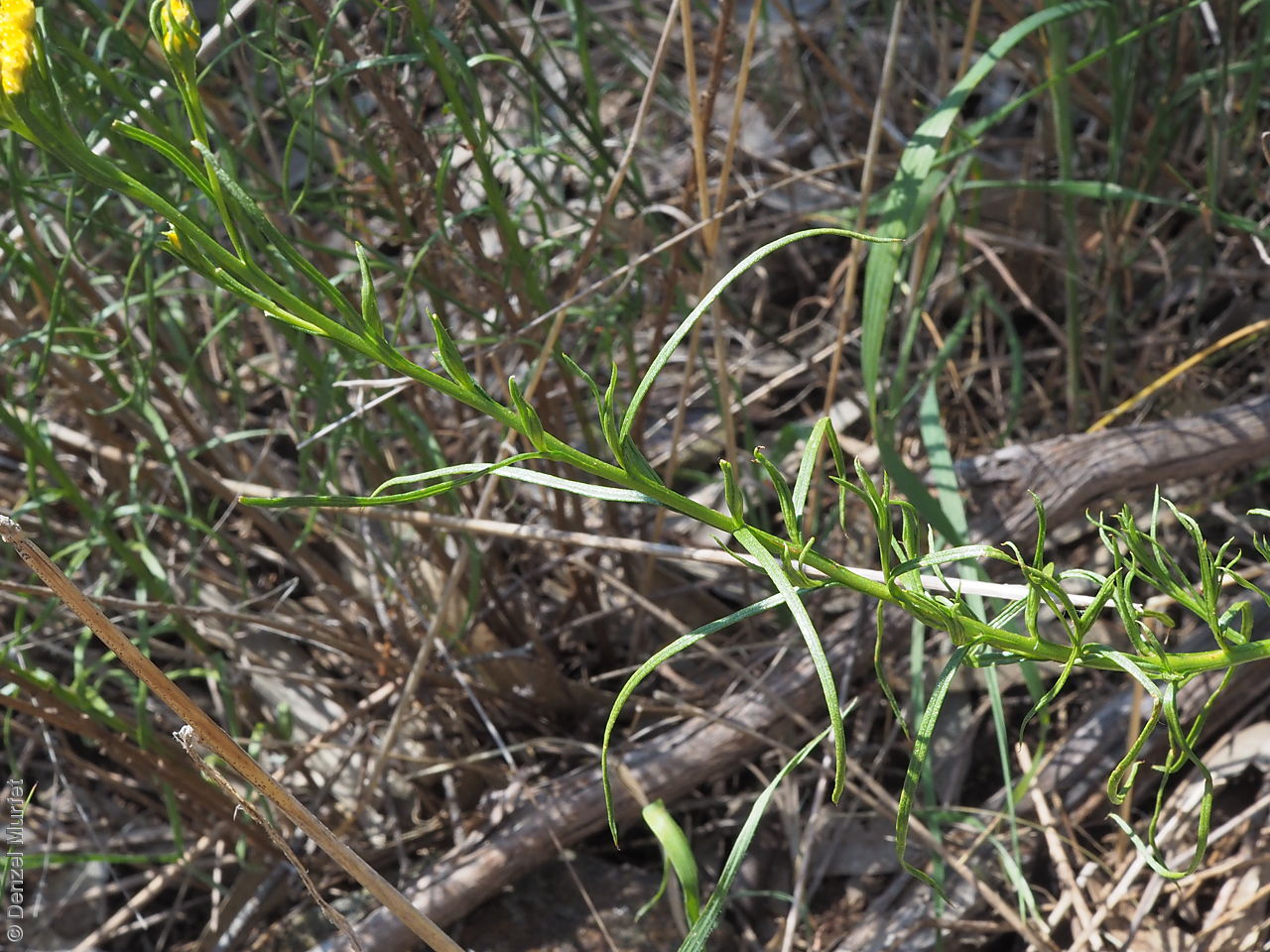



























Botanical art
Prior names
Helichrysum squarrulosum var. brevifolium, nom.nud., in error
Helichrysum semipapposum var. brevifolium
Gnaphalium semipapposum
Helichrysum semipapposum
Common names
Clustered Everlasting
Yellow Buttons
Etymology
Chrysocephalum from the Greek 'chryso' meaning golden and 'cephalus' meaning a head, referring to the golden flower heads. Semipapposum from the Latin 'semi' meaning half and 'pappos' meaning down or fluff, referring to the pappus bristles being white for two-thirds of their length.
Distribution and status
Found in central South Australia from the Gammon Ranges, northern Eyre Peninsula to the upper South-east growing in woodland and grassland on hills or rocky rises. Also found in Queensland, New South Wales, Victoria and Tasmania. Native. Common in South Australia. Rare in Queensland. Common in the other States.
Herbarium regions: Flinders Ranges, Eastern, Eyre Peninsula, Northern Lofty, Murray, Yorke Peninsula, Southern Lofty, Kangaroo Island, South Eastern, Green Adelaide
NRM regions: Adelaide and Mount Lofty Ranges, Eyre Peninsula, Kangaroo Island, Northern and Yorke, South Australian Arid Lands, South Australian Murray-Darling Basin, South East
AVH map: SA distribution map (external link)
Plant description
Erect perennial herb or subshrub to 60 cm high, aromatic with stems and branches covered in cottony or cobwebbed hairs. Leaves very variable, often dimorphic; those of successive seasons or of vegetative and flowering stems differing in length and tomentum; linear to oblong, mostly to 50 mm long and 4 mm wide, acute to apiculate; base broad, margins flat, recurved or revolute; surfaces both grey-cottony or upper surface glabrescent, sometimes scabrous. Flower-heads in clusters with golden-yellow or brownish daisy-flowers. Flowering between October and December. Fruits are pale brown fluffy daisy-head. Seeds are brown ovoid seed to 1 mm long and 0.3 mm wide, covered in small tubercules and with pappus bristles finely barbellate and white for two-thirds of their length, upper third bright yellow. Seed embryo type is spatulate.
Seed collection and propagation
Collect seeds between January and March. Collect whole heads that are brown and fluffy or collect just the seeds by plucking it off with your fingers. Mature seeds are easily removed. Place the heads in a tray for a week to dry. Then pluck the seeds from the head with your finders. Viable seeds will be fat and brown. Store the seeds with a desiccant such as dried silica beads or dry rice, in an air tight container in a cool and dry place. Seed viability can be low. Seeds are non-dormant, viable seed should germinate readily.
| Location | No. of seeds (weight grams) | Number of plants | Date collected | Collection number Collection location | Date stored | % Viability | Storage temperature |
|---|---|---|---|---|---|---|---|
| BGA MSB | 10,000 (0.6 g) 10,000 (0.6 g) | 100+ | 17-Jan-2006 | PJA122 Murray | 14-Sep-2006 | 15% | -18°C |
Number of plants: This is the number of plants from which the seeds were collected.
Collection location: The Herbarium of South Australia's region name.
% Viability: Percentage of filled healthy seeds determined by a cut test or x-ray.